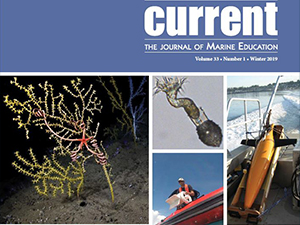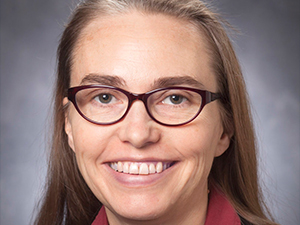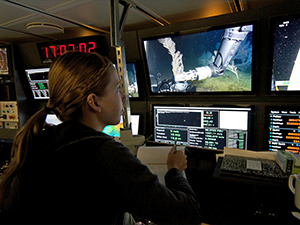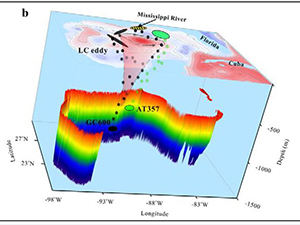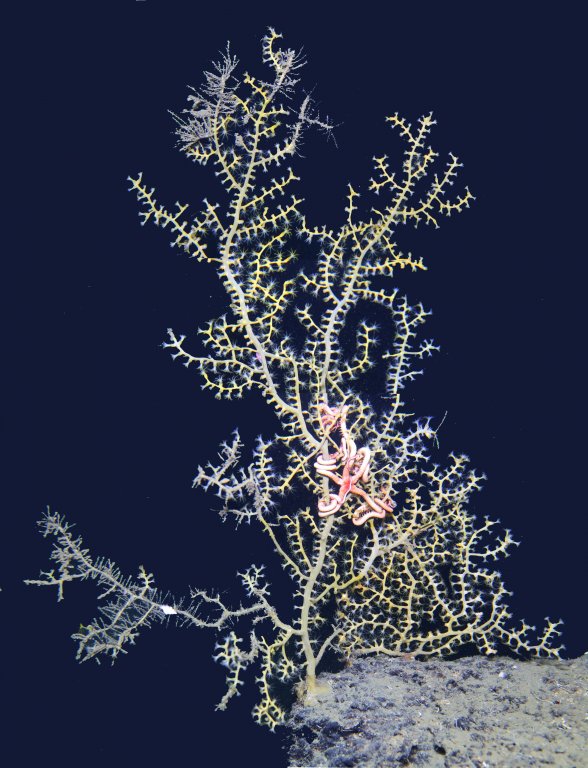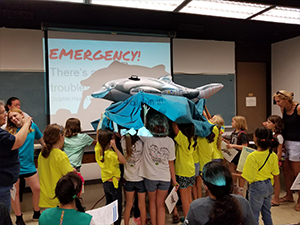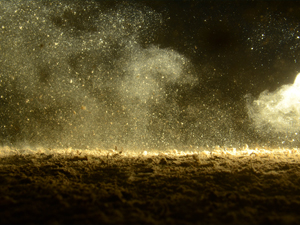Now Available! Special Oil Spill Issue of Current: The Journal of Marine Education
The Gulf of Mexico Research Initiative (GoMRI) is pleased to announce the release of Gulf of Mexico Research Initiative: Research Resulting from the 2010 Deepwater Horizon Oil Spill, a special issue of Current: The Journal of Marine Education.

